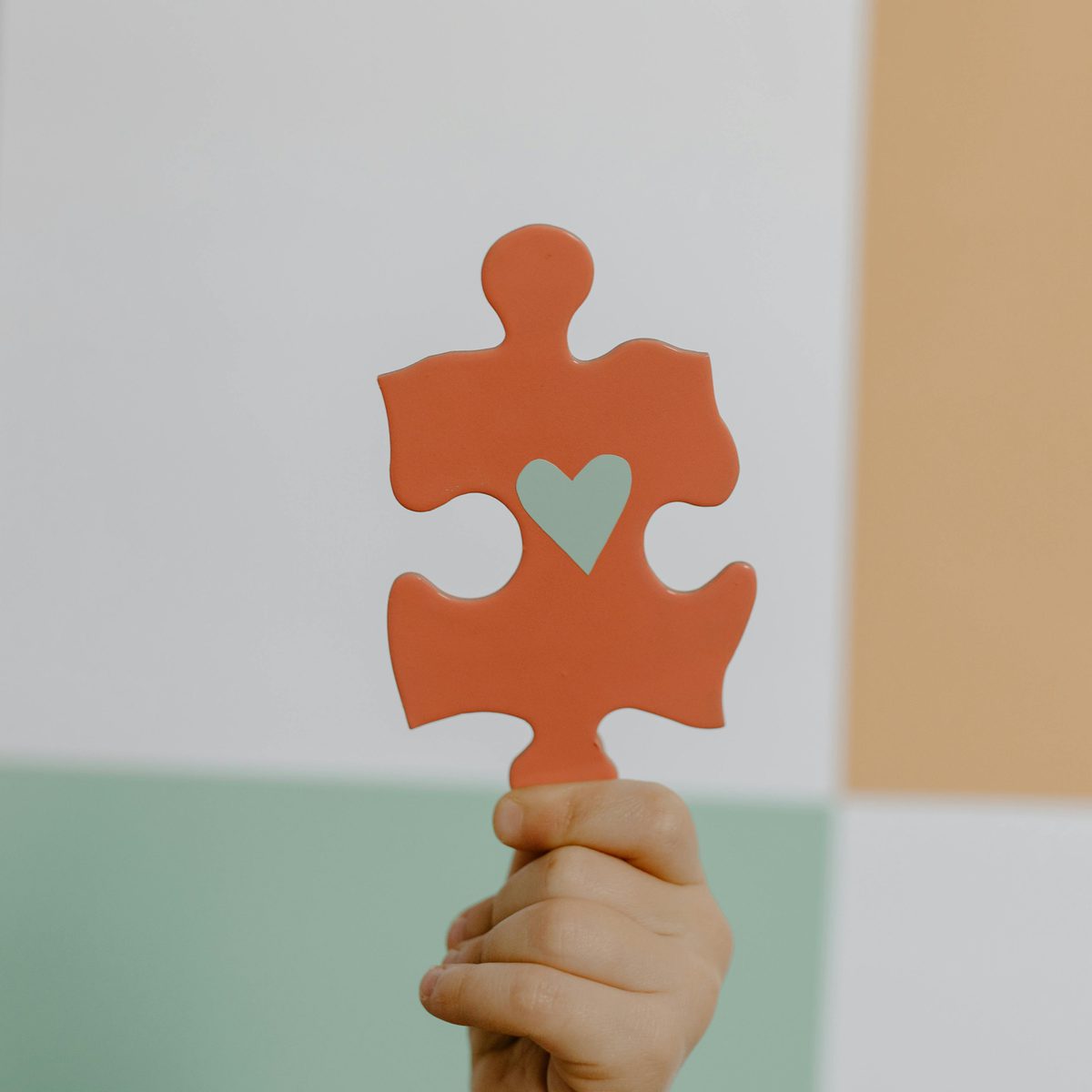- Expand Your Marketing and Outreach

- Tips for Your Team
Communication Tips for a Good Designer-Client Relationship
Communication and transparency between designer and client from the "get-go" leads to trust, flexibility, diplomacy, collaboration, and creativity. Designers are not mind readers, so it is important for designers and clients to develop a partnership by working together — collaborating ideas and asking questions that explore and specify all key factors, details, and goals of a project.
Fears, desires and budget should all be discussed with your designer before your project commences. These conversations can be revisited throughout the process. Express any concerns and/or desires you may have have as it relates to the project or your organization. Talk openly about your budget. Although conversations about money are sometimes uncomfortable, it should be treated no differently than that of timelines and overall project goals. Having shared understandings around these will help ensure you are presented with solutions that address the above while being realistic about your resources.
Don't be afraid to ask your designer or design team lots of questions. Often, the most basic questions lead to conversations and feedback that are vital to meet the goals of the project. Don't be afraid to ask "stupid" questions. The seemingly stupid questions can reveal critical information and provoke deeper conversations that may influence the success of the project. Expect your designer to ask you a lot of questions too. Your designer will most likely learn about your organization by doing their own research to get familiar, but hearing about the organization in your own words will often reveal more meaningful information. In turn, these conversations and words can inspire the creative process.
The way you communicate feedback is important. Providing feedback to your designer is part of the process but not all feedback is created equal. Be prepared to explain your feedback. Designers put a lot of time, research, and energy into the solutions presented — help your designer understand how you arrived at your conclusions, so she is fully informed on how to make the appropriate next steps in the design process. For example, saying that you would like to change the call-to-action button color is not as valuable as telling your designer you want that area to stand out more because one of the main goals of the site is to get users to click on it. With the latter feedback, your designer can help you assess what changes need to be made to really make that happen. Focus on providing quality feedback based on the strategic goals of the project rather than things like color and fonts. While the visual aesthetics are valuable, a solution that looks nice but doesn't solve the problem is a disservice and a waste of time for everyone.
Hopefully this article has provided some insight in successfully improving and maintaining your relationship with your design partner. This article isn't comprehensive — there are many different ways to effectively communicate and build a good designer-client relationship, but good communication leads to shared goals, which will strengthen any of the relationships you currently have and help build a solid foundation for future designer-client relationships.
More Articles
- Tips for Your Team
Internal linking is a simple website habit that strengthens your nonprofit's entire content strategy
- Expand Your Marketing and Outreach
A content strategy for small nonprofit teams: Start with your website and work out
Mightier Newsletter
Join our community of nonprofiteers and the partners that support them. Our monthly newsletter includes resources with small and mighty teams in the social sector in mind – sharing tips to help with content creation, website use, marketing, and more.
SubscribeBrought to you by MOD-Lab
At MOD-Lab, we're the thoughtful design partner for small teams like yours doing big things in the social sector. We create memorable branding, design materials, and websites that showcase the quality of your work and reflect your true impact.


